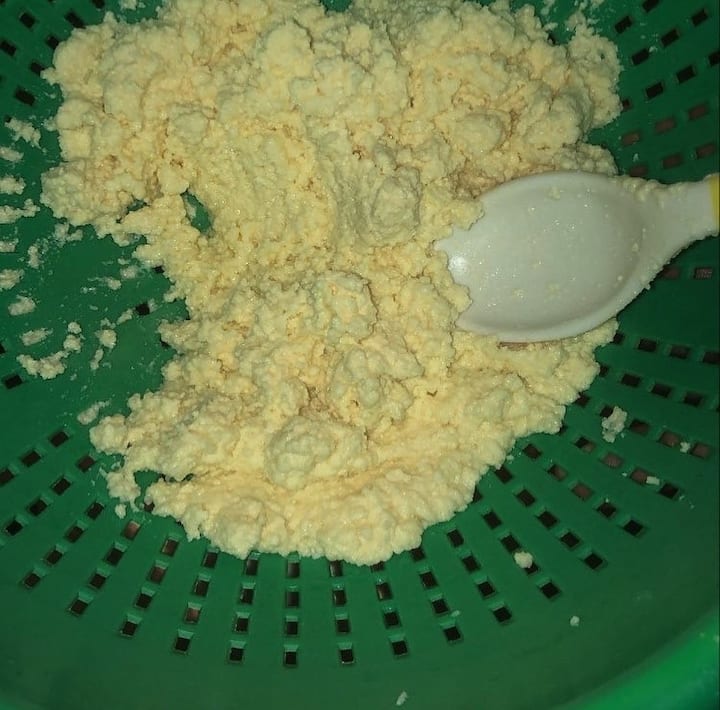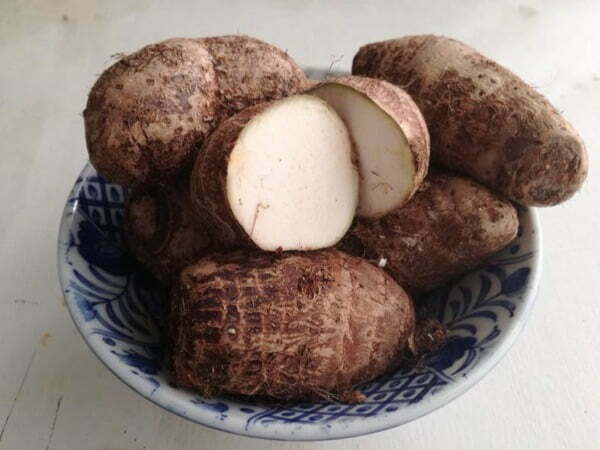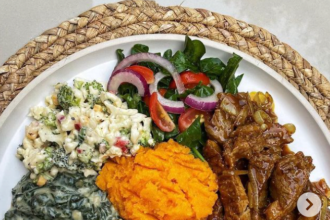Zulu traditional food and recipes primarily consist of farmed crops and edible green vegetables found in the wild. They frequently offer dishes on their menu such as oatmeal, maize meals, beans, and a plethora of other options.
The Zulu cuisine frequently includes beef, another delicacy. Zulus are well-known for frequently roasting their meats in their entirety on a spit or including them in dishes like porridge or vegetable broth.
Traditional recipes for producing Zulu cuisine are always within reach, despite western and other cultural influences on cooking styles.
Zulu food is a significant aspect of the tribe’s culture and traditions. There were procedures that guided the growing, preparation, and sharing of food among the community members.
Here is a look at the most popular Zulu traditional foods.
Uphuthu
In the Zulu culture, maize has long played a significant role in diet. This explains why their cuisine contains so many dishes made with maize. Made from coarsely milled maize, uphuthu is a meal.
Then, a thick, crumbly porridge made of maize is produced. Uphuthu is typically served cold and goes well with spinach or amazi.
View this post on Instagram
Amazi
Amasi, a common Zulu traditional food, is fermented milk that tastes like cottage cheese or plain yogurt. It is an integral part of Zulu cuisine and is usually reserved for only the family members of the person that is preparing it.
Zulus traditionally prepare Amasi by storing unpasteurized cow milk in a calabash container or hide sack to allow it to ferment. After thickening, the whey is separated from the curd, and the curd is consumed. The amasi gourd is The amasi gourd is not to be cleaned.
instead, it is refilled with a new batch of milk that gains a special taste from being prepared in the gourd.
Once Amasi is ready to be served, it is presented in a clay pot and then eaten with wooden spoons. It can also be poured over mealie meal (pap). It is an amazing source of protein, magnesium, calcium, Vitamin E, and iron.

Izinkobe zikabhontshisi
Zulu Traditional food called Izinkobe zikabhontshisi is made from maize and beans.
Here, the maize grains are partially cooked before being combined with salt and beans.
Then both are cooked with a sizable amount of liquid until they are fork-tender.
The way that this corn stew and beans are cooked has undergone some changes.
To make Izinkobe Zikabhontshisi more modern today, people add salsa, spices, salad, and other elements to the dish.
This delicious meal can be accompanied by warm custard, chilly ice cream, or any cooled beverage.
Every Zulu gathering features the food izinkobe zikabhontshisi.
GUESS WHAT’s COOKING 😉
.
Umbila + Ubhontshisi = ? (Complete the food equation) 😄
*umbila: mealies/corn
*ubhontshisi: beans
.
.#zolanene #umbila #ubhontshisi #southafricanfood #mealies #beans #corn #vegan #meatfree #vegetarian pic.twitter.com/i5KngMtLuy
— Zola Nene (@zola_nene) January 25, 2021
Amadumbe
Amadumbe is thought to have been brought to Southern Africa in the 1500s by Portuguese merchants and later by Indian slaves. The Zulus still eat it today, and they usually grow it in wetlands.
Amadumbe is a root crop that grows in the tropics and has a rough skin. This traditional Zulu food and staple is high in vitamin C, fiber, magnesium, vitamin B1, potassium, iron, vitamin A, vitamin B2, carbohydrates, and vitamin B2. In fact, it has the most protein and amino acids of any root crop.
The food is cooked like potatoes or sweet potatoes to give it a rich, earthy taste. It can be boiled, roasted, grilled, or even made into mashed potatoes, chips, or stews.
It is a very important crop in the Zulu kingdom because it is a root vegetable.
You can drink local wine or more modern drinks with Amadumbe. You could top your Amadumbe with your favorite sauce and eat it.

iDombolo/Dombolo
Traditional Zulu meal known as “iDombolo” is prepared in a pot of boiling water. Although the food resembles a dumpling, it isn’t a typical dumpling because yeast is used to make it instead of baking powder.
While other South African cultures make the dish on its own, the Zulu cook it on top of a rich stew.
View this post on Instagram
Chakalaka
View this post on Instagram
Ujege
View this post on Instagram

